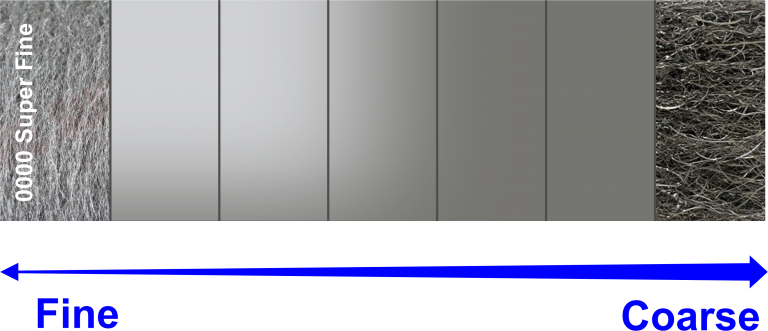
Teaching and learning resources for the construction industry with NVQ and Diploma Assessment Criteria
Glasspaper originally manufactured by crushing glass into a fine powder, Sand was also used this where the name sandpaper comes from wrongly used.
There are several different types of glasspaper choose from some are made from natural materials like flint, garnet and emery.
Synthetic abrasives like aluminium oxide and silicon carbide both are tougher than natural materials and last longer the toughest one is silicon carbide.
Abrasives glasspaper comes in different lengths, sizes and shapes the most common one for small jobs are packets of various grade grit sheets, making it easy to take a surface from rough to finish.
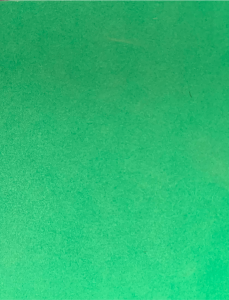
P240
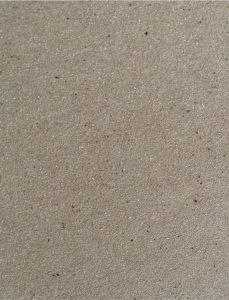
P100
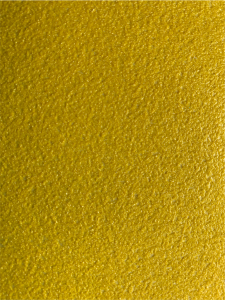
P60
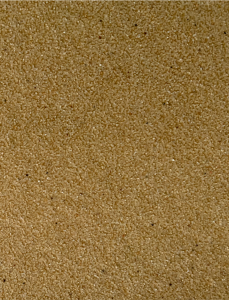
P40

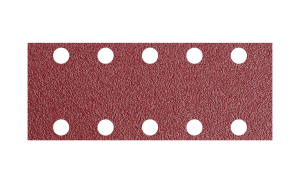
Sheet Glasspaper
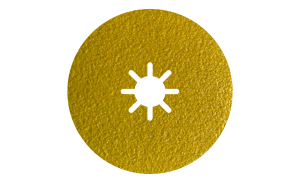
Palm Glasspaper
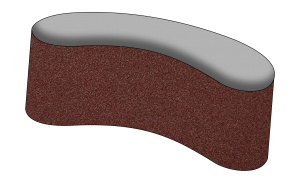
Belt Glasspaper
Glasspaper has a range of grit sizes are used to remove material from surfaces like old paint or sanding painted layer between coats to make them smoother.
Preparation for glueing requires the area to make the surface rougher with sandpaper to make a good contact surface for the glue
Grit size normally printed on the back of glasspaper with a letter P before the number, the number indicating the size of the grit.
P20 to P36
Roughing up surfaces ready for glue
P40 to P50
Removal of rough materials
P80 to P120
Preparation for finishing and for removing stains
P150 to P180
Final step before finishing
P220 to P240
Sanding Between Coats

General Caution
The wrong grit size glasspaper can cause more damage to the surface, for example, P60-grit glasspaper is the roughest glasspaper use on rough surfaces such as timber with dips, grooves and loose fibres.
After removing most of the rough surface you need to change a grit size to a slightly less abrasive, P60 to P80 by increase the glasspaper with successively higher grits to acquire a good surface finish.
This glasspaper has a waterproof backing so you’re able to dip into a soapy water container which helps to glides over the sanding area and eliminating the dust which is created by normal dry sanding.
Wet and Dry glasspaper is used between coats of paint to remove nibs, runs, or cissing to achieve a glass-like finish.
Paint cissing is where the paint is applied to a surface which is contaminated either by grease, oil, wax polish or silicon which leaves small craters of unpainted areas on the surface.
The Wet and Dry grit size is printed on the back for easy identification.
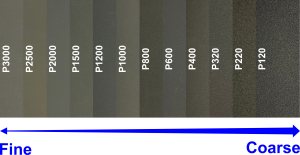
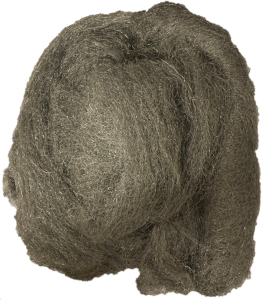
Steel wool very similar to fine grit glasspaper It’s used to remove ultra-thin layers of paint or varnish.
Instead of grit size, steel wool comes in 8 gauge sizes between 0000 to grade 4 being the coarsest.
The advantage of steel wool it can mould itself around most timber shapes where it’s harder to reach with normal glasspaper.
0000 Super Fine
Cleans windows without water or cleaners
Smoothes varnish before the final coat
Baffs furniture wax and turns gloss paint to a matte finish
000 Extra Fine
Removes paint spots from furniture and prepares surfaces between coats of varnish
00 Very Fine
Repairs varnished surfaces
0 Fine
Cleans grout between tiles and copper pipes and joints
1 Medium
Prepares wall surfaces before painting
2 Medium Course
Removes of varnish from surfaces using varnish remover
3 Course
Remove paint and varnish from floors
4 Extra Course
Use for heavy-duty stripping of paint and varnished
